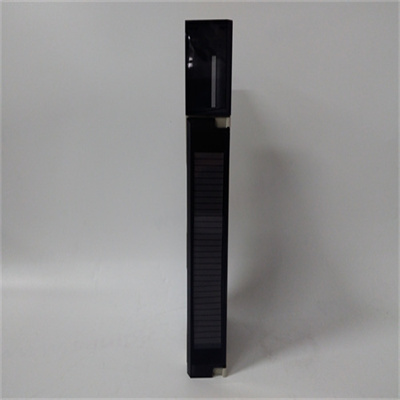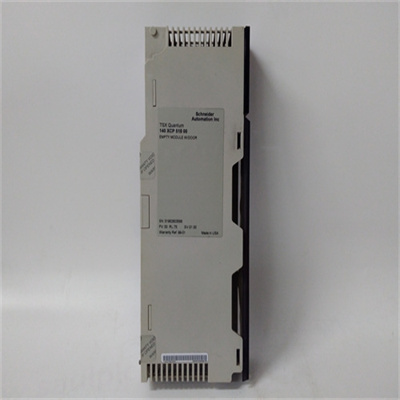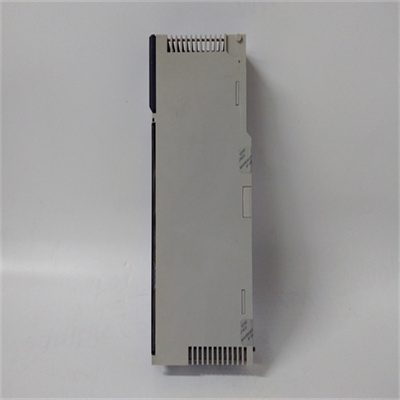
140XCP51000 -1
Analyzing the Product Code: 140XCP51000-1
Disclaimer: Without specific product information or a database to reference, I’ll provide a general approach to analyzing a product code like “140XCP51000-1” and suggest potential areas to research.
Understanding the Code Structure
Product codes often follow a specific structure, with each segment representing a different aspect of the product. While the exact breakdown may vary depending on the manufacturer or industry, here’s a possible interpretation:
- 140: This could indicate the product family, series, or a general classification.
- XCP: This might refer to the product category, suggesting it’s a specific type of component or device.
- 51000: This likely represents the specific model, variant, or a unique identifier within the XCP series.
- -1: This could denote a revision or version of the product.
Key Areas for Research
- Manufacturer Identification:
- Determine the company that produces the product. This information can often be found on the product itself, packaging, or the manufacturer’s website.
- Product Specifications:
- Gather detailed information about the product’s technical specifications, including:
- Dimensions (length, width, height)
- Weight
- Material composition
- Operating conditions (temperature, humidity)
- Power requirements
- Connectivity options (if applicable)
- Gather detailed information about the product’s technical specifications, including:
- Product Series and Characteristics:
- Identify the specific product series to which the product belongs.
- Understand the key features and characteristics that differentiate this series from others.
- Role and Applications:
- Determine the intended use or applications for the product.
- Consider factors like its function, compatibility with other devices, or specific industries it’s designed for.
- Regulatory Compliance:
- Check if the product meets any industry standards or regulations (e.g., CE, FCC, RoHS).
Potential Research Sources
- Manufacturer’s Website: Check the official website of the company that produces the product. They often have detailed product pages with specifications and information.
- Online Retailers: Websites like Amazon, Newegg, or Best Buy may have product listings with detailed specifications and customer reviews.
- Technical Documentation: If you have access to technical manuals or datasheets, they can provide specific information about the product.
- Industry Forums or Communities: Online forums or communities related to the product’s category may have discussions or information about its specifications and applications.
Note: The depth and complexity of your research will depend on your specific requirements and the availability of information. By systematically exploring these areas, you can gather a comprehensive understanding of the “140XCP51000-1” product and its relevant parameters.
Would you like to provide more context or specific questions about the “140XCP51000-1” product?

140XCP51000 -1
 WhatsApp:+86 18005022363 WeChat: +86 18005022363 /+86 18150887953
WhatsApp:+86 18005022363 WeChat: +86 18005022363 /+86 18150887953  Email:
Email:






